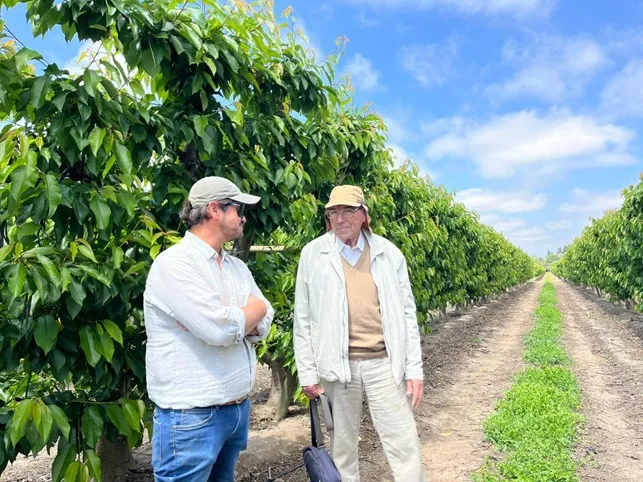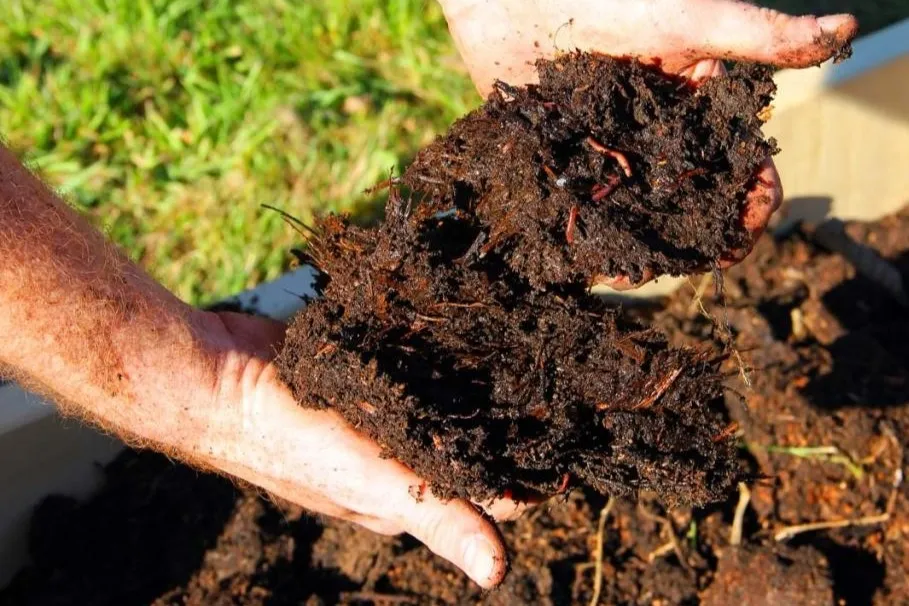Bacterial canker disease of sweet cherries, caused by pseudomonads, including Pseudomonas syringae pv. syringae and P. amygdali pv. morsprunorum, was a significant an issue in 2023 new plantings in Washington. Higher risk may be due to highly susceptible cultivars, such as Coral Champagne and Black Pearl, more frequent frost events and cold injury, infected plant material, and the lack of effective chemical control.
Here in this article, WSU wants to remind growers about best management practices to reduce the risk of disease outbreaks this spring.
The pathogen infects many plant species, including sweet cherry, peach, and plum, and survives on the leaf surface of many weeds found on orchard floors. It is known for being epiphytic, which means that pathogen colonization can occur on any plant tissue without provoking infection or symptoms.
However, with favorable conditions epiphytic populations can quickly cause infection. Several studies indicate that copper has become less effective in controlling bacterial canker disease in sweet cherry due to widespread resistance in Washington (Zhao, 2023, unpublished), Oregon (Spotts et al., 2010, Ogawa and English 1991), Michigan (Renick et al. 2008), as well as Chile (Latorre, 1980, Torres and Latorre, 2009).
What conditions are needed for a bacterial canker infection?
Presence of the pathogen: The pathogen can be present in the orchard floor in weeds, in infected neighboring trees or come in the nursery trees.
Wet and cool temperatures: (between 59 and 77 °F): In late winter/spring periods of frequent rainfall, high humidity, cool temperatures and wind favor dispersal.
Freezing: Pseudomona syringae can form ice inside the plant cell and generate damage, known as ice nucleation activity. During cold weather or freeze events, the bacteria will thrive as it can enhance cell damage and generate wounds. During cold weather or freeze events, consider frost mitigation strategies, such as wind machine, heaters, overhead water or protective sprays, to reduce infection risk.
Plant wound or natural opening: Many of the infections observed in Washington have been associated with heading cuts after planting in the spring. Infection can become worse after irrigation or rain exposure. Remember that any damage to the tree create a potential infection site.
Spring recommendations for new plantings:
- Select healthy trees from nurseries.
- Observe for signs or symptoms prior to planting, such as cankers or gummosis.
- Avoid planting susceptible cultivars in cold areas of the orchard.
- Prioritize planting time when frost risk is low.
- Utilize plastic tree guards or paint to protect young trees (avoid carboard)
- When irrigating after planting, avoid wetting the trees, for example, utilizing drip irrigation only.
- Prevent tree damage after planting, removing leaves or laterals from the base of the trees if conditions are expected to be cold and wet.
- Wait to prune or head the trees until is dry and warm, allowing wounds to heal before irrigating.
- If trees need scoring, do not score during cold and wet conditions.
- Control weeds.
- Limit stress. Drought and waterlogging causing stress in young trees can increase the likelihood of bacterial canker infections.
- Be cautious about irrigation for frost protection in recently planted trees and recent training cuts.
Spring recommendations for older trees:
- Don’t prune during wet cold conditions.
- Remove suckers when conditions are dry.
- In susceptible cultivars, summer pruning during dry conditions is recommended.
- When removing tree trunks due to bacterial canker, do not interplant immediately or near infected trees.
- Remove cankers. It is important to prune out infected branches and leaders. Remove from the orchard and then burn all infected material including branches or trees.
- Cauterization burning cankers on limbs with a hand-held propane burner. Should be done during spring.
Chemical Management Techniques
If P. syringae infection is present in the tree, control of the infection and spread can be done by:
- In the 1900’s applications of Bordeaux reduced dead buds (Cameron 1960, Latorre, 1980).
- In Oregon Kasumin 2L applied at leaf fall, dormant, popcorn and full bloom reduced dead spurs (Pscheidt 2009).
- In Michigan spring applications of fixed copper reduced epiphytic populations (Olson 1983).
- In Australia a combination of fall and spring copper or Bordeaux sprays reduced canker formation (Wimalajeewa et al. 1991). The best treatment was 2 sprays in autumn (50-70% and 90-100% leaf fall), 1 winter and 2 pre-bloom.
- Antibiotics (Kasumin 2L) and biologicals (Blossom Protect) applied prior to wounding reduced cankers (Lillrose et al. 2017).
Source: Washington State University
Image: Washington State University
Cherry Times - All rights reserved










